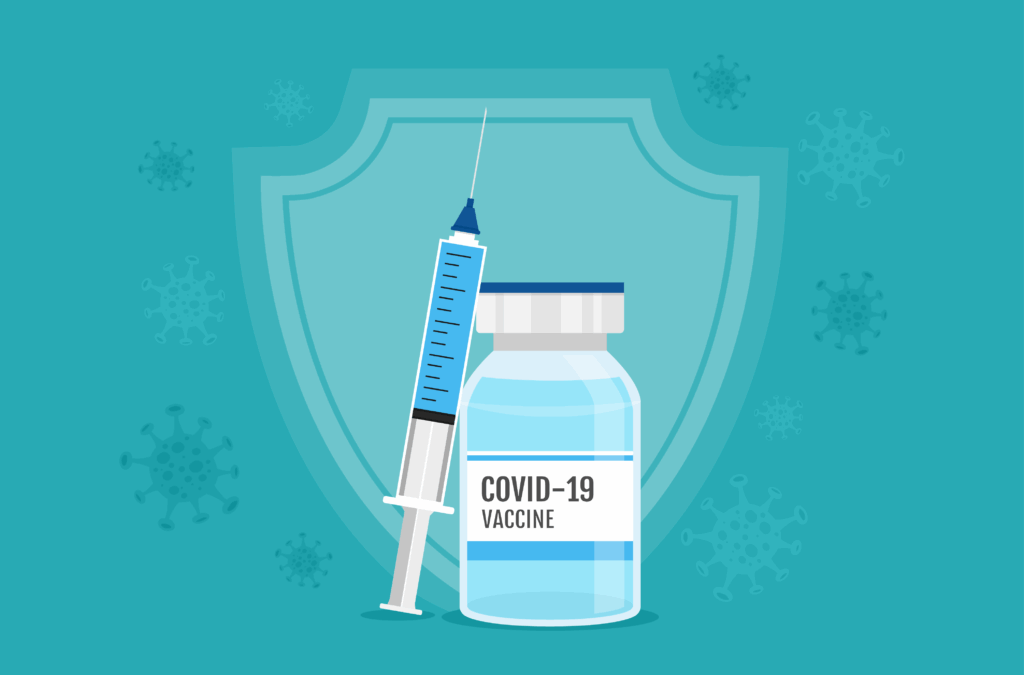
Can Employers Negotiate Hospital Costs?

Meiselbach discusses two recent pieces of research—one analyzing self-insured employers’ ability to negotiate hospital costs and another comparing cash prices and hospital rates negotiated by insurers.
I’ve been interested in this for a while. What drew me to this topic was, I think about six years ago, people started to pull the full data together to show how much higher cost is for payers aside from Medicare. People are focused on the coverage gap primarily, but lots are concerned about underinsurance and people being exposed to a lot of financial harm from high prices even with insurance.
Self-funded insurance is interesting because there is limited research in this space because plan data isn’t often easy to find. Recent evidence is out there that self-insured plans pay higher prices than fully funded plans for care, which is interesting as well.
The chargemaster price is one that the hospital comes up with and is a negotiating baseline. Insurers can work from that for their contracted rate for insurance plans. Network pricing is typically based on that price.
The cash price is what people who are uninsured pay or what is paid if someone is insured but chooses to pay cash. It’s not negotiated by the insurer and is unilaterally determined by the hospital. It’s different from the chargemaster fee. But in our research, we saw that cash rates were very clearly a multiple of five of the chargemaster prices—like 50%, 55% or 60%—so cash prices are being determined as a percentage of the chargemaster rate, too.
Chargemaster rates mostly matter indirectly to employers because of how they determine all of these other things. Negotiated rates and cash prices are often based off the chargemaster price. They are mostly important to negotiation.
Commercial negotiation rates were pretty clearly set off of chargemaster rates. Thirty-two percent of the time, they were set at an exact multiple of five from the chargemaster.
A lot of the time, cash prices are lower than what commercial insurers are negotiating for plans—both employer-sponsored and those in the marketplace. That is somewhat surprising because one of the value arguments insurers make is that they are good at negotiation and are able to do so and get a lower price for their employer clients. So this can be another data point for employers to think about and ask why their prices are higher than if someone just paid in cash.
But the difference isn’t entirely surprising if you think about it logically. A hospital might be willing to take money up front in cash and get a slightly lower amount because they won’t have to be dealing with the long adjudication process with insurers and the administrative burden associated with negotiated prices from insurance companies.
There was some outcry a few years ago when data came out showing that employers’ insurance rates at hospitals were about two times what Medicare was paying. That got people to demand more from their insurers. Now, they can see these cash prices and may think even when no one is negotiating they are getting lower prices.
[A 2020 report from the Kaiser Family Foundation reported that, depending on the services, private insurance rates for hospitals were between 1.6 and 2.5 times higher than Medicare rates.]
The price differential paid by employers for hospital services increased from 10% to more than 100% above Medicare rates in many metropolitan areas from 2005 to 2019.
Cash prices and commercial negotiated rates averaged 64% and 58% of the chargemaster prices for the same procedures at the same hospitals, respectively. About 12% of cash prices were the same as chargemaster rates.
Hospitals with more market power were most likely to offer cash prices below their insurance-negotiated rates. In areas where insurers had stronger market power, hospitals were less likely to have such reduced cash prices.
There have been some findings here, though the issue isn’t totally settled that employers insured and using ASOs are paying higher rates than fully funded plans. One study found, in Massachusetts, that employers with ASOs were paying 4% higher prices than fully funded groups.
If you talk to people who have been there negotiating, they aren’t so surprised by this finding. In plans offered for self-funded employers, they may want broad networks and end up selecting those plans which also have higher prices. There are lots of reasons why that might occur.
One concern is that the incentive to negotiate lower rates is attenuated because a fully insured carrier is on the hook for the financial risk. Where in an ASO, the employer is working with the insurer to negotiate rates and manage the network and administer claims but the employer is paying all of the expenditures. So you can see how the impetus to negotiate lower rates by the carrier, or ASO, would be attenuated.
There should still be an incentive to lower rates for ASOs because of potential competition. But in reality, there are lots of other things to compete on, like network disruption and fees. And most of a carrier’s competitors won’t disclose rates, anyway. It may not be worth it for a large employer to solicit other ASOs, because the bidding process is lengthy and expensive and they would likely have to work with a vendor to do so.
Before going the avenue of direct contracting with hospitals, employers could first look to their plan selection. Plans with narrower networks, for example, will often have lower prices (and thus lower premiums). The fear is that this could disrupt care continuity for their beneficiaries, but carriers can often perform a network disruption analysis to help employers understand how much current care would be out of network if the network changed.
More broadly, employers should be asking TPAs what their prices are. They can solicit bids from competitor TPAs with their prices so that they can enforce price competition.
Finally, purchasing coalitions with other employers are common and could be a way to jointly lower prices either through direct contracting with hospital systems or indirectly through a TPA. Some examples of this include the Employers’ Forum of Indiana and Peak Health Alliance, which is more of a public-private partnership.




